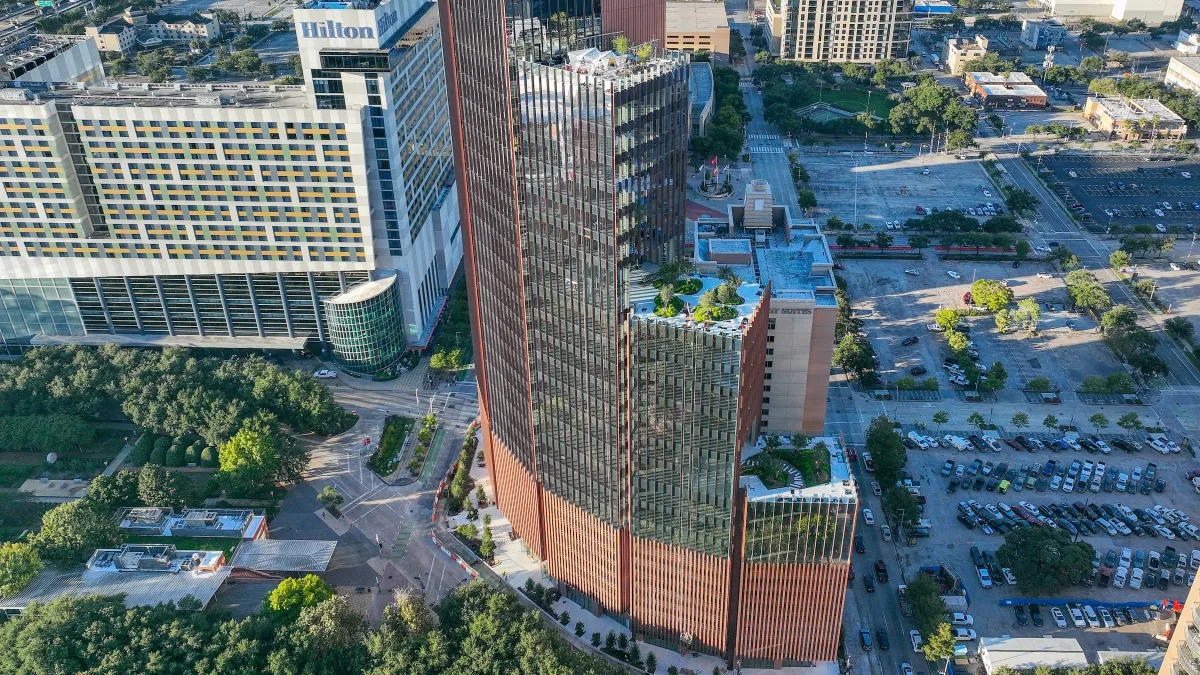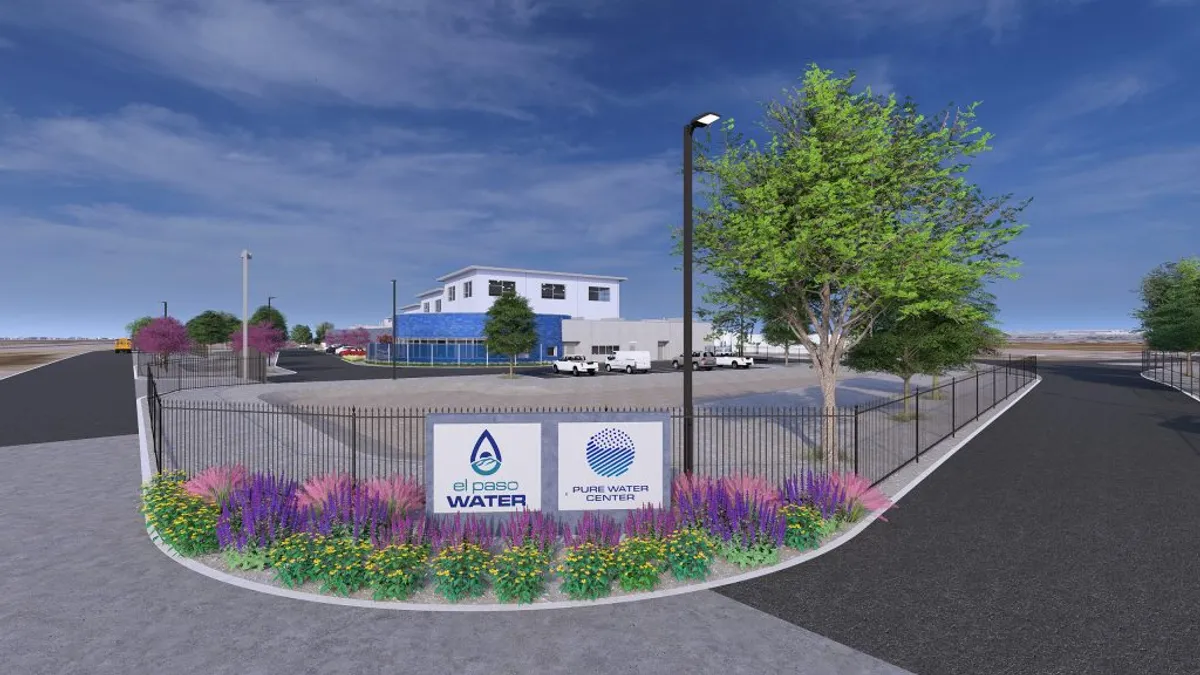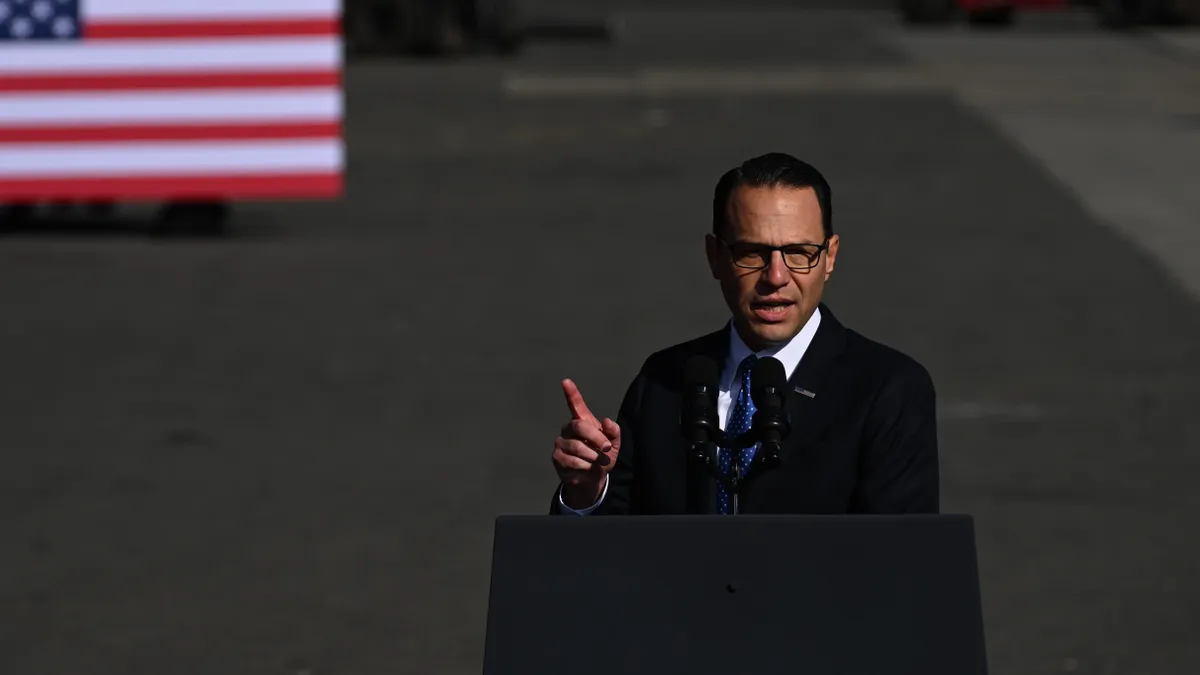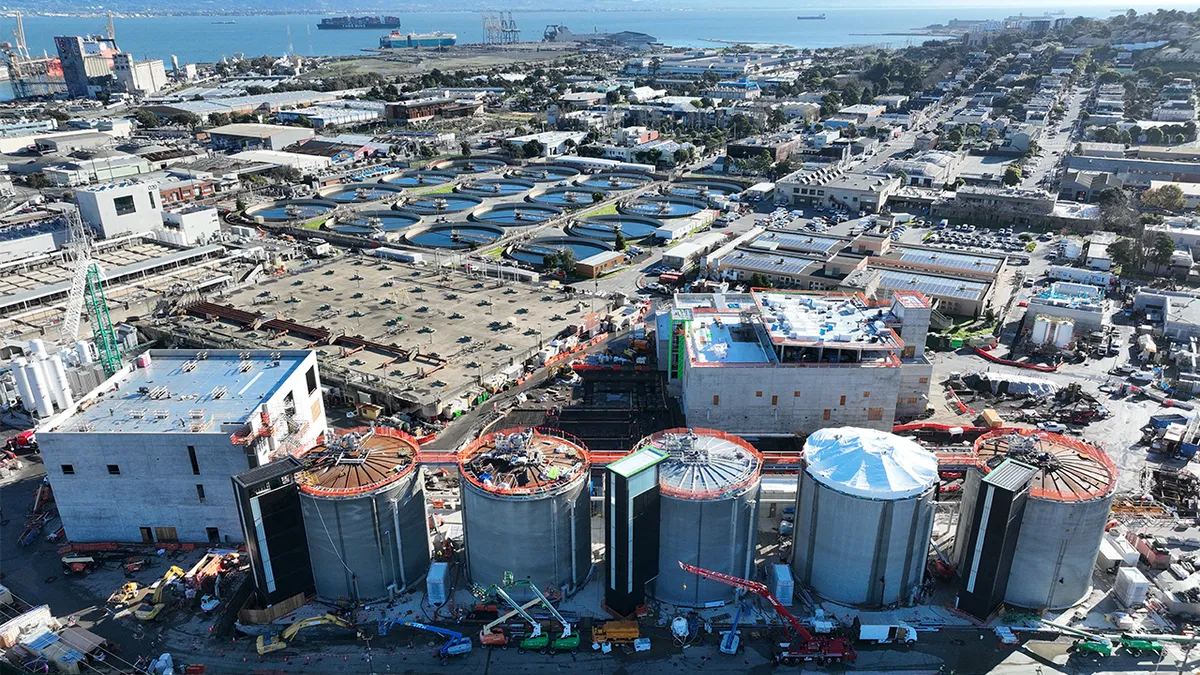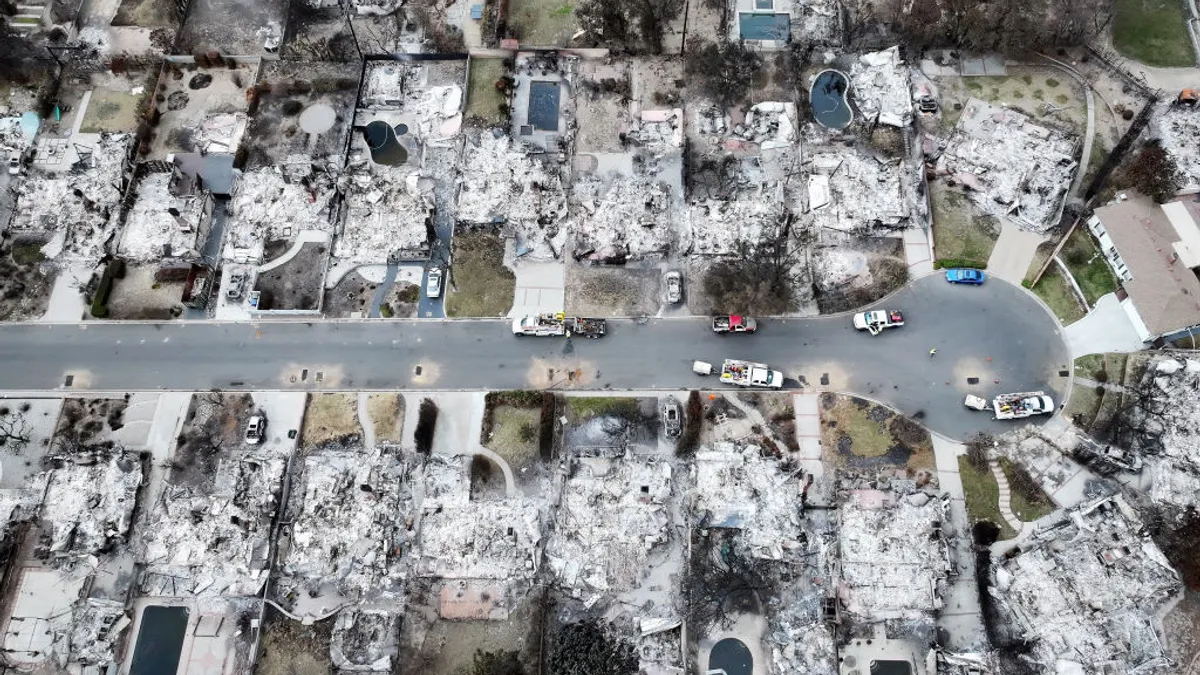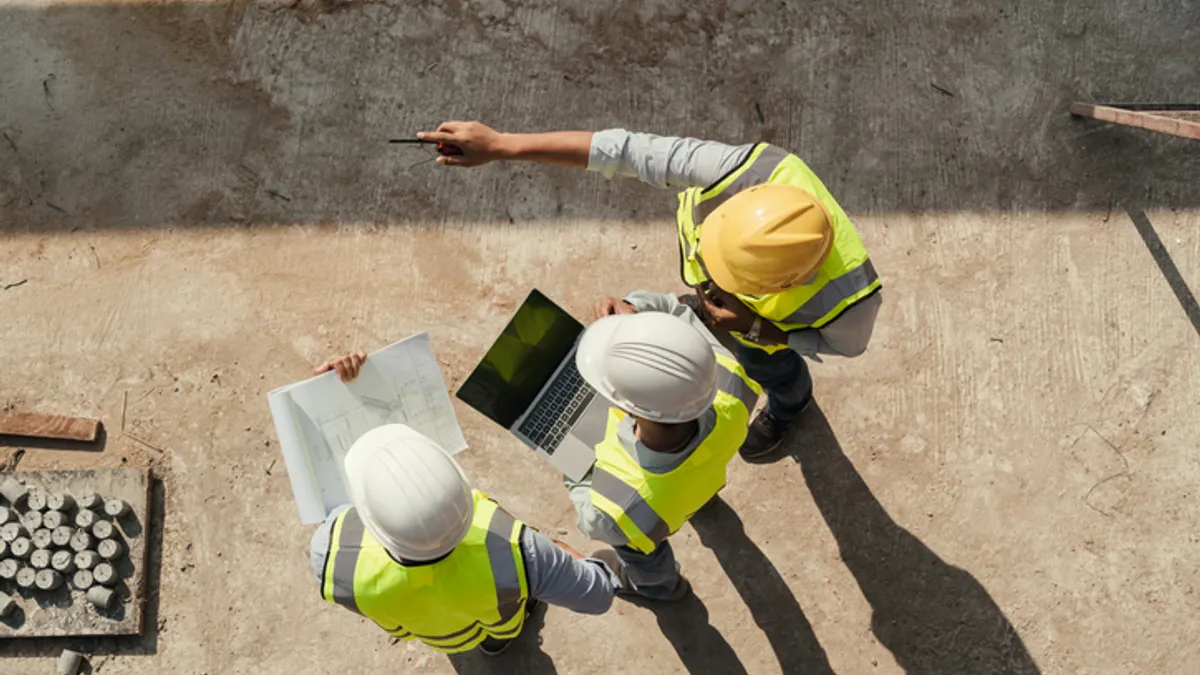The immense size and scope of the Greenbuild conference in Washington, DC, this week demonstrates the ongoing transition of the green building movement away from the fringes and into mainstream practice. The atmosphere among the more than 20,000 people at the show seemed to include both a sense of accomplishment for reaching this point, as well as a drive to keep growing and making further progress.
One of the most notable changes in this year's Greenbuild event was the more pronounced presence of residential construction, from both the single-family and multifamily sectors. The National Association of Home Builders ramped up its participation in the event, and the housing section of the exhibit floor saw major expansion.
That stronger presence signals the residential industry's shift toward accepting and utilizing more green practices. Although commercial construction has typically led the pack in green adoption, the residential sector is starting to catch up. And the reason for that change is driven not just by a desire to produce environmentally friendly structures, but by consumer demand, higher-quality results and lifecycle cost savings.
The numbers don't lie
Donna Laquidara-Carr, industry insights research director for Dodge Data & Analytics, presented findings from Dodge's recent green and healthy home market reports during the show.
She noted that green building currently accounts for 26-33% of the total residential market and has helped contribute to the industry's recovery after the recession.
Dodge surveyed 232 single-family builders and remodelers from the NAHB to explore trends and predictions for the growing market.
The survey found that builders expect to be doing significantly more green work in the coming years, as more than half of respondents expect to do more than 60% green projects by 2020. Remodelers are lagging slightly behind builders in green predictions, as only about a third predicted doing more than 60% green work by 2020.
But why do builders have an outlook of such significant growth in green building? It's largely driven by consumer demand, according to Laquidara-Carr. About 69% of builders and 78% of remodelers indicated they believe customers will pay more for green.
The other factors driving green building growth, as reported by the survey respondents, include: energy cost increases, green product availability and affordability, the fact that appraisers recognize greater value in green homes, code/ordinance/regulation changes and higher quality.
However, despite these predictions of the sector's major growth, one challenge has emerged as a threat to wider adoption: green building costs. Last year, 58% of builders and remodelers reported a higher cost of building green of 5% or more. And 77% of them expected to see that high of a percentage in 2016.
Laquidara-Carr cited the industry-wide labor shortage as the culprit of these higher costs. "We really think that a lot of this is driven by concerns about labor costs and getting the right qualified people to do green projects," she said.
Another notable aspect of Dodge's study found that buyer knowledge about homes leads to wider use of healthier design and products. Dodge's research found that consumers ages 60 or older led every category of energy efficient product usage by far, which coincided with the inverse, as that age group had the smallest percentage of people who reported having no knowledge of sustainable products.
These findings signal that people with more experience living in homes become more knowledgeable about what that home should include.
"We think knowledge is critical. Owning a home teaches you a lot," Laquidara-Carr said. "We think that as millennials get into homes and understand them, these products will gain in importance. But if there's anything the industry can do to bring millennials up faster and understand it better, it will help drive (quicker adoption)."
Going forward, Laquidara-Carr said she is confident green building will continue to pick up steam in residential construction. "The builder and remodeler commitment to green homes continues to grow, and consumer expectations about green homes are transforming the marketplace," she said. "Clearly, the industry is thinking green is the direction to go."
A homebuilder diving in
Jacob Atalla, vice president of sustainability initiatives for KB Home, presented the company as a prime example of how green construction can benefit the homebuilder and buyer.
He stressed the point that "all consumers love green," as everyone cares about either environmental impact or saving "green" in their wallets from reduced utility bills and energy-efficient features that pay for themselves after a few years. "We think we have dialed in a strategy that addresses both," Atalla said.
KB Home, one of the largest homebuilders in the U.S., built its first Energy Star-certified home in 2001 and has "amped up" its commitment to sustainability ever since. The company has focused on educating potential buyers about the cost savings that come with their green homes, as well as exploring new territory, such as net-zero homes, to entice environmentally conscious consumers to choose their products.
"It is important to always figure out, 'What does the consumer want?' We keep figuring how to adjust, and we keep moving forward," Atalla said.
Choosing to expand its sustainable home division was also a smart business choice for KB Home, according to Atalla, as it helped distinguish the builder's products from the other properties on the market during the recession, when most available homes were older and inefficient. "Sustainability was a great way to differentiate us from the resale homes," he said.
KB Home markets its green homes to potential buyers through four main areas: energy efficiency, water efficiency, healthier homes and smarter homes. Those categories can help grab prospective customers and convince them to see the benefit in sustainable structures.
"The key thing is to leverage our scale to make sustainability affordable to the customer," Atalla said.
And in recent years, KB Home has increased its research and development of net-zero homes to explore the most cost-effective materials and techniques to reach that level. Atalla said that between 2010 — when the company built its first net-zero home — and 2015, it has been able to cut construction costs by 50% and cycle time by 75%. "We’re reducing the cost and getting ready for the future," he said.
Developers who aren't afraid to experiment
Although single-family construction was a significant focus of Greenbuild, multifamily also presents an opportunity for major change in its construction practices.
Les Bluestone, owner of Blue Sea Development Company in New York City, has embraced the green building trend for his company's multifamily buildings and experimented with the newest innovations.
Bluestone said green building can benefit developers by offering seals of approval on a project from third-party certification groups, by allowing the building to be ahead of increasingly stringent building codes, and by creating a higher-quality structure.
He has also seen his share of challenges, including rising construction costs, complicated standards, and the fact that savings over time might not be as enticing for renters with less permanency in the space.
Bluestone said his company has used modular bathrooms for buildings, Google Nest thermostats and even green roofs at times.
Beyond the environmental benefits of green building, Bluestone has also explored the health benefits of these new practices and building features. He said he has seen positive results constructing buildings that promote health through healthy indoor air quality, access to fitness areas and an active design, and access to fresh produce and gardening options.
But overall, Bluestone said he has explored these new green building methods to keep up with the rapidly evolving industry. "We’ve tried and kept trying, and that's what you have to do to stay alive in this market," he said.
And despite the challenges that come with green building, he expects it to become a standard in the construction industry. "I'm looking forward to the day when we take (green) out of our vocabulary and say, 'This is just what we do.' "







